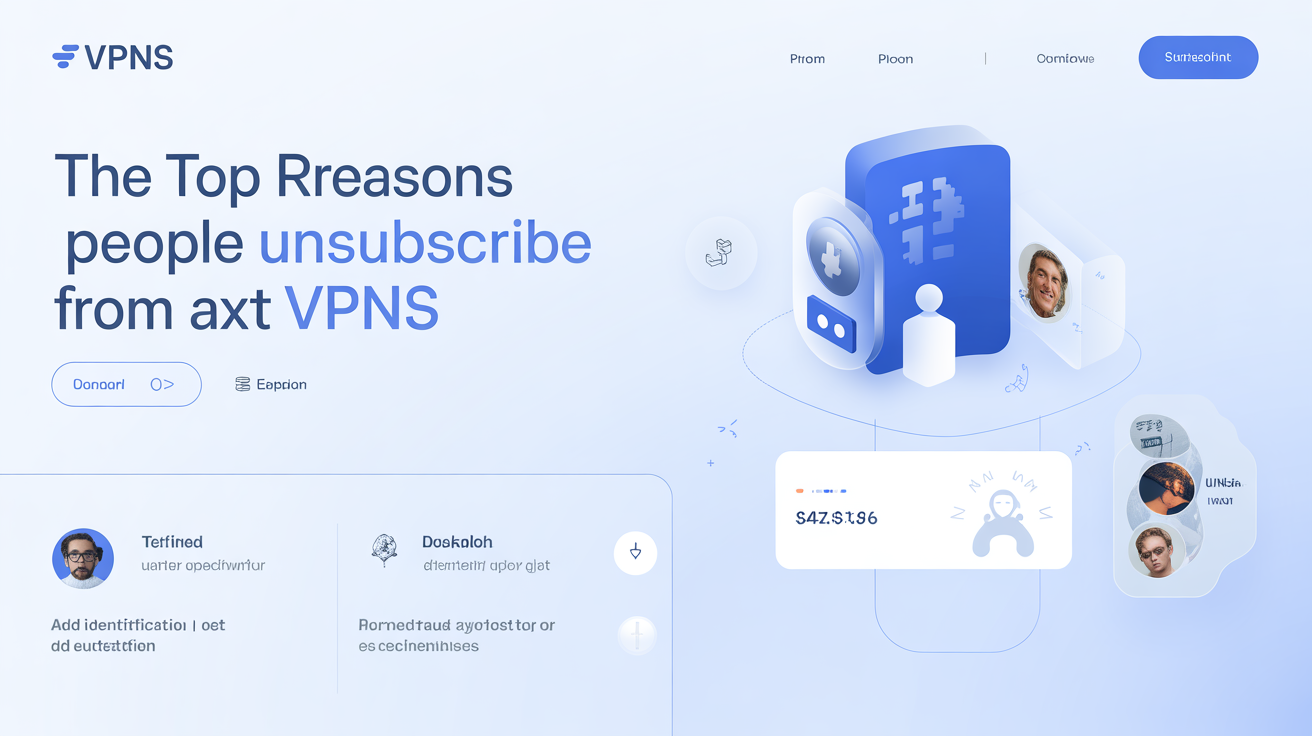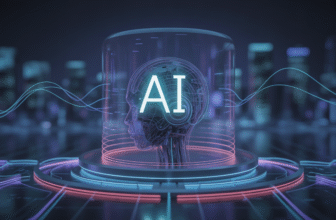
: An Engineer’s Deep Dive
Artificial intelligence’s capability to predict human behavior with high accuracy is reshaping industries ranging from personalized marketing to autonomous systems. For developers, engineers, and researchers crafting these predictive models, understanding how AI predicts human behavior with accuracy involves delving into the confluence of behavioral science, model architectures, data strategies, and deployment frameworks. This article provides a technical and analytical exploration of the underlying mechanisms, challenges, and breakthroughs powering this transformative phenomenon. As AI enables smart and autonomous technologies to anticipate user needs, it opens new frontiers for innovation and ethical considerations alike.
Data Foundations: Curating Behavioral Signals for Accurate AI Prediction
Behavioral Data Types and Their Relevance
Human behavior prediction begins with collecting diverse data types. These include explicit actions (clicks, purchases, navigation paths), implicit biometric signals (eye movement, heart rate), social context (interaction graphs), and environmental data (location, time). The richness and granularity of this data significantly influence model accuracy.For instance:
- Transactional data: Captures direct user interactions with systems or platforms.
- Sensory data: Comes from wearables or IoT devices measuring physiological markers.
- Contextual metadata: Temporal, spatial, and social context enrich behavioral interpretations.
Understanding which data modalities best capture the target behavior is critical. This requires cross-disciplinary collaboration between data engineers, behavioral scientists, and domain experts.
Cleaning and labeling for robust Predictive Modeling
Behavioral datasets often include noise and inconsistencies due to sensor errors, incomplete records, or ambiguous labels. Preparing data for AI prediction requires comprehensive cleaning pipelines comprising:
- Outlier detection and correction mechanisms.
- Handling missing data using imputation or exclusion techniques.
- Annotation protocols that leverage crowdsourcing or expert labeling to ensure high-quality ground truth.
High-fidelity labeled datasets enable supervised learning algorithms to discern behavioral patterns with greater precision. For less-structured data, self-supervised or unsupervised approaches are increasingly employed.
Core AI Architectures: Models Driving Accurate Human Behavior Prediction
Recurrent and Transformer-based Sequence Models
Human behavior unfolds over time,making sequential data modeling paramount. Recurrent neural networks (RNNs), long short-term memory (LSTM), and gated recurrent units (GRUs) have traditionally been used to model temporal dependencies. However, transformer architectures, such as those introduced in Vaswani et al., 2017, are now the state-of-the-art for handling long-range dependencies and parallel processing, boosting prediction fidelity.
Transformers enable the AI to weigh various moments in a behavioral sequence dynamically, allowing nuanced understanding of user intent and context.
Graph Neural Networks for Social and context Dynamics
Much human behavior is influenced by social context and networks. Graph Neural Networks (GNNs) model nodes (users) and edges (relationships) to capture these interactions for downstream behavior prediction tasks.techniques like Graph Convolutional Networks (GCNs) and Graph Attention Networks (GATs) are used to integrate social signals effectively.
For example, recommender systems leverage GNNs to predict purchase behavior by examining both the user’s own interactions and their social graph.
Hybrid architectures: combining Models for Bright Predictions
Cutting-edge solutions frequently enough blend multiple architectures-temporal models with GNN modules or transformers with convolutional layers-to exploit diverse facets of behavior data. These hybrid systems embody *smart and autonomous* design philosophies, integrating multiple input streams into unified latent spaces that enhance interpretability and accuracy.
Feature Engineering and Representation Learning to Capture Human nuances
Deriving High-Impact Features From Raw Data
Applying domain knowledge to reformulate raw data into features that emphasize behavioral signals is indispensable for model performance. This includes aggregations (e.g., total session time), frequency metrics, and transformation of sensor output into psychological indicators (stress, arousal). Advanced feature extraction sometiems uses signal processing or natural language processing (NLP) for textual behavioral cues.
Self-Supervised Representation Learning
Recent advances in AI empower models to learn abstract representations from unlabeled data, thus reducing reliance on costly annotation. Contrastive learning,autoencoders,and masked modeling approaches enable the extraction of latent embeddings that faithfully represent behavioral traits,essential for downstream predictive tasks.
evaluation Metrics and benchmarks for behavior Prediction Accuracy
Key Performance Indicators (KPIs)
Accurate behavior prediction demands multidimensional evaluation. Aside from raw accuracy, metrics like F1 score, ROC-AUC, and recall stratify performance across classes. Latency is critical when AI operates in real-time interfaces or safety-critical environments.
Benchmark Datasets and Challenge Frameworks
Research communities rely on datasets such as the BBC News User Behavior Dataset, MUSE Multimodal Sentiment Dataset, and Facebook Social network Data to standardize performance evaluation. Participation in relevant AI behavior prediction competitions drives ecosystem-wide improvements.
Interpreting AI Predictions: From Black Boxes to Explainability
Techniques for Model Explainability
In high-stakes applications, understanding why AI makes certain human behavior predictions is as significant as the predictions themselves. Methods such as SHAP (SHAP Library) and LIME provide local and global interpretability by attributing prediction outcomes to input features.
Balancing Explainability with Model Complexity
While deep architectures offer higher accuracy, they frequently enough obscure decision rationales.Developing hybrid models that maintain interpretability or leveraging post-hoc clarification tools is a major focus of AI research in behavior analysis,ensuring trust and compliance with emerging regulations.
Challenges in predicting Human Behavior: ambiguity, Dynamics, and Ethics
Dealing with Behavioral Variability and Noise
Human behavior is inherently noisy and non-stationary, influenced by mood, environment, and unforeseen events. Models must be robust to continuous change and capable of online learning to stay relevant.
Data Privacy and Ethical Concerns
Collecting and using sensitive behavioral data raises privacy issues under regulations like GDPR and CCPA. Ethical AI design mandates clarity, user consent, and strategies to mitigate bias and unfair discrimination in predictive outcomes.
Real-Time Deployment and System Considerations for Behavior Prediction
Edge vs. Cloud Inference
Deploying behavior prediction models requires careful architectural decisions. Edge inference reduces latency and preserves privacy whereas cloud inference offers scalability and model updates. Hybrid edge-cloud pipelines often provide optimal balance depending on submission needs.
Model Optimization Techniques
Approaches such as quantization, pruning, and knowledge distillation are vital to compress large AI models without significant accuracy loss, optimizing them for real-time behavior prediction on resource-constrained devices.
Industry Applications Leveraging AI’s Behavior Prediction Superpowers
Personalization in Retail and Content Platforms
Behavioral prediction tailors user experiences by anticipating preferences and intent, enabling dynamic recommendations. Netflix’s content suggestions and Amazon’s shopping recommendations illustrate this at scale.
Healthcare and Mental Health Monitoring
AI predicts behavioral symptoms from sensor and interaction data to identify early signs of mental health issues or chronic disease flare-ups. This enables preventive interventions and personalized care plans.
Security and Fraud Detection
Unusual behavior prediction aids in identifying fraudulent transactions and potential security breaches by modeling normal user actions and flagging anomalies.
Future Trends and Breakthroughs Enhancing Prediction Accuracy
multimodal Fusion and Cross-Domain Learning
Predicting behavior with even higher fidelity will involve fusing data across physiological, textual, social, and environmental domains, yielding richer contexts for AI interpretation.
Continual Learning and Adaptive Models
AI models capable of incremental training on evolving human behavior streams will reduce obsolescence and maintain predictive relevance over time.
Human-in-the-Loop Hybrid Systems
Incorporating expert feedback dynamically allows AI to refine predictions, merging computational power with human intuition for superior outcomes.
Best Practices for Engineering AI Systems to Predict Human behavior
Checklist for Developers and Researchers
- Invest in high-quality, diverse, longitudinal behavioral datasets.
- Leverage state-of-the-art architectures like transformers and GNNs.
- Prioritize explainability alongside accuracy for responsible AI use.
- Address privacy and ethical constraints from project outset.
- Optimize models for deployment latency and resource constraints.
- Continuously evaluate models against real-world benchmarks and user feedback.
API and Integration Notes
For industrial-grade deployment, API endpoints for prediction services must allow batch and streaming input data ingestion, support model versioning, enable performance monitoring, and implement fallback mechanisms in case of prediction uncertainty.






